The Spaces in Between
- Michelle Kwok

- Jun 2
- 11 min read
Short stories from Spring 2025
The past few weeks have been full, with clinical work, meetings, and decisions layered one over the other. But in the middle of all that, a few moments stayed with me. Some came through interruptions I did not see coming; others through the steady presence of people who have helped carry the work forward. Sharing these stories brought a quiet sense of purpose — reminders of why the work matters, and how growth often unfolds in ways we do not plan for.
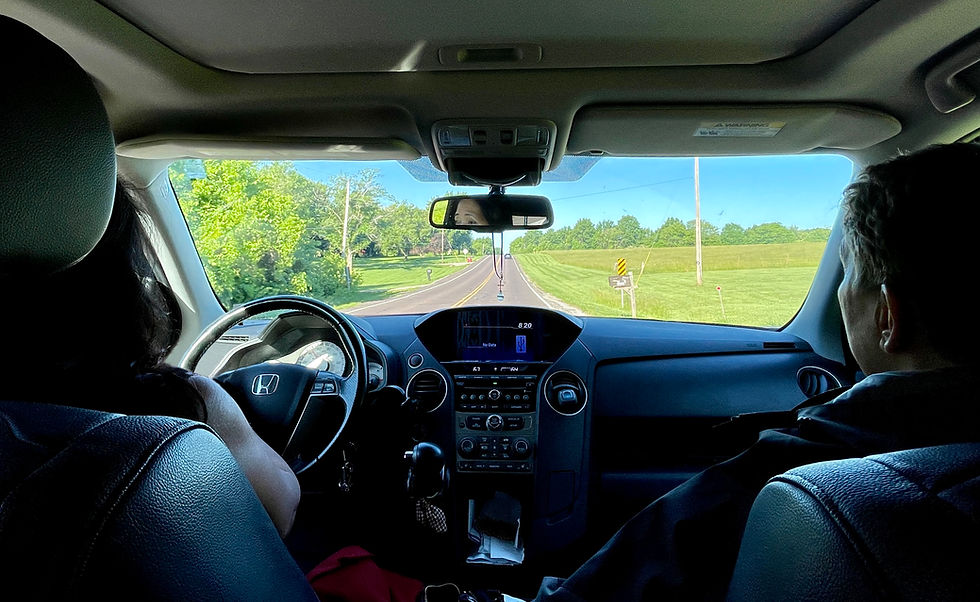
The Suitcase
After two intense weeks of being on call, I was finally easing back into real life. One Sunday morning, I stepped outside to enjoy the blue skies, blooming buds on the trees, and the fresh air. It was early May and Montréal was finally in blossom.
Then my pager went off. That was strange. I wasn’t on service.
I checked the message. It was a callback number. “Julie* from Air Canada with your luggage.” I stopped in my tracks. My luggage?
After the last post, everyone kept asking: Did you ever find your suitcase? No. It had just…disappeared.
I had checked my bags with Air Inuit on the flight from Montréal to Kuujjuaq. Funnily enough, when I landed back in Montreal, I ran into the same staff member who had checked them in. He looked at me and asked if the bag had been tagged.
Quoi? Franchement, j’ai aucune idée.
Seven days had to pass before I could officially file a claim. In the meantime, Guy Bergeron, whom you might remember, emailed me occasionally to check in. “Nothing like this has ever happened before,” he said. Eventually, I registered the loss with WorldTracer, the shared system used by over 450 airlines to track missing luggage. The updates from Air Inuit kept coming: “Sorry, your bag has still not been located.”
After a while, I reluctantly started to let go. It wasn’t about the money. It was what I had packed. The coffee I’d brought back from Rwanda. The earrings I’d collected from Chisasibi, Whapmagoostui, Kuujjuaq, and Kangiqsujuaq — each one tied to a place and a memory. The food samples I’d carefully labelled for allergy testing. A few personal items I hadn’t yet replaced.
Eventually, I received an email saying the bag had been officially declared lost. They asked me to submit a void cheque for compensation.
Then…nothing, until that Sunday morning. I called the number right away. Julie from Air Canada picked up. She told me the bag had been sitting at the Montreal airport this entire time, in the holding area. It was untagged. Worse, it was also unlabelled with no way to know who it belonged to.
As part of protocol, she had searched the contents and began describing them to me: “Coffee from Rwanda…food samples…earrings…” I felt my chest tighten.
The frozen food had already been discarded. They had first assumed the bag might belong to someone else based on a name registered in the system. But Julie wasn’t convinced. “I think this is Dr. Michelle Kwok’s bag,” she told her team. She had found hospital forms with my name buried at the bottom of the suitcase. Taking a chance, she called hospital locating. “I’m not sure if you’ll do this,” she said, “but if there is a Dr. Michelle Kwok working there, can you ask her to call me?”
The funny thing is — I almost didn’t bring that folder. It was heavy. I had thought about scanning everything onto a USB key and just printing it up north. But at the very last minute, I reopened the bag, tossed it in, and headed out the door. And that was what saved the bag.
No one really knows how it ended up with Air Canada, given that it was checked through Air Inuit. As for couriering it back? That would have released them from liability — too risky, she said. So, five days later, my friend Danielle Klingelhofer offered to drive me to the airport to pick it up in person.
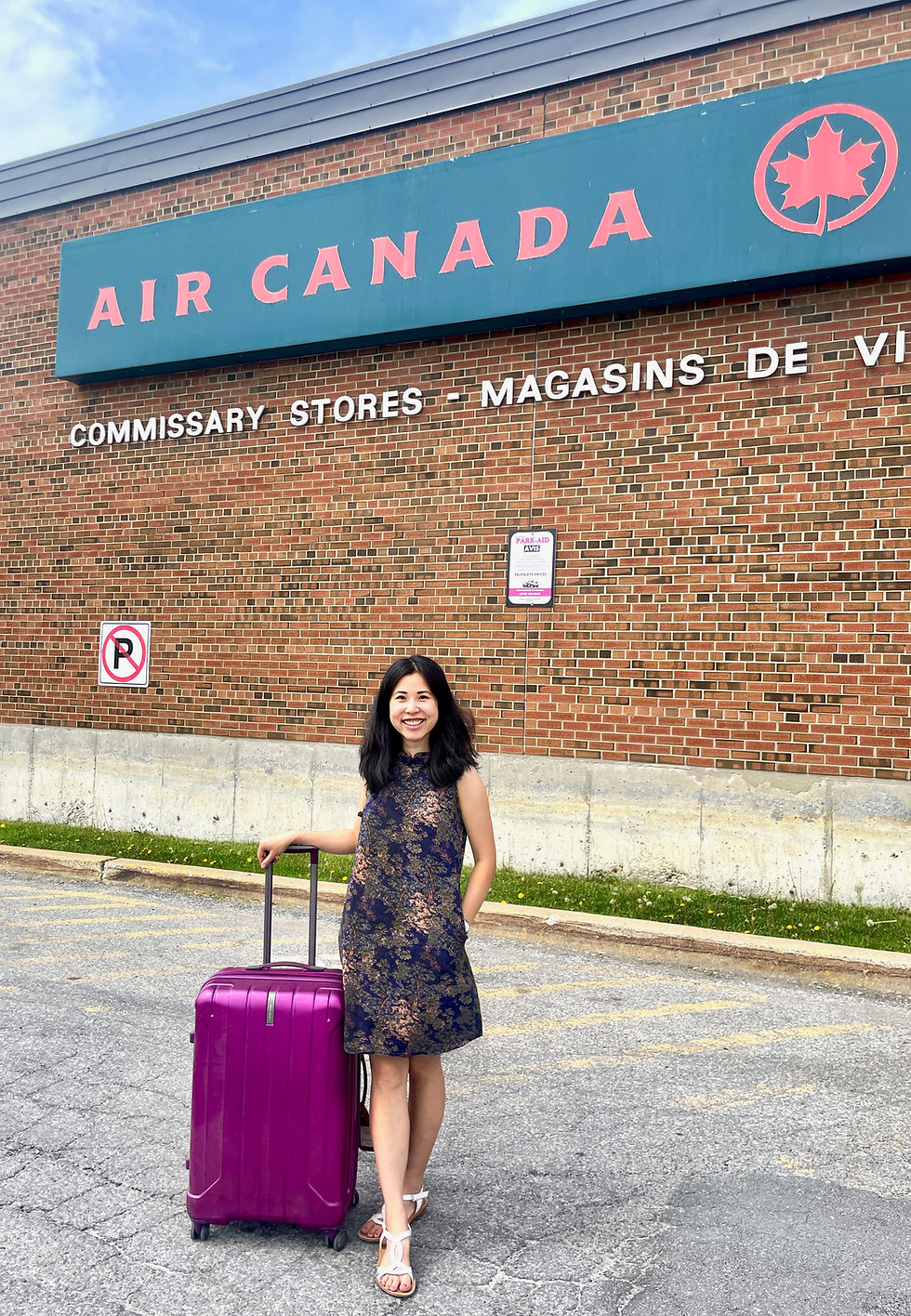
In the end, I got both the compensation…and the suitcase.
*Name has been changed
Pollen counter
Co-written with Dr. Meng Zhu Shi
One morning while I was in my office with a mug of tea, an email landed in my inbox. It was a photo from Dr. Michael Kwan showing that the pollen counter had been set up in Kuujjuaq. This was a quiet victory — the result of teamwork, persistence, and weeks of logistics.
My thoughts then drifted to Whapmagoostui, the other community I had really connected with. The idea first came up during a February meeting with the Kuujjuaq partners. In early April, I was on a video call with Dr. Johanne Morel and Alyse Diamond. They were cooking spaghetti during a trip to Whapmagoostui, while I was pacing around Gate C at Dulles Airport, waiting to board my flight. Johanne mentioned there were researchers doing environmental work nearby.
“C’était peut-être l’Institut nordique du Québec?” Aucune idée.
I sent a few emails. Nothing. Tried another institution —still nothing. We wondered whether Alyse could ask around in person while she was still up north, but who exactly would she talk to? At one point, I even considered trying another community, more out of desperation than strategy.
Then something shifted.
Dr. Meng Zhu Shi, a second-year internal medicine resident, rotated with us in the allergy department and joined our Indigenous teleclinics. She quietly sat in on our first pollen counter meeting, even though she didn’t have to, and became genuinely curious. One conversation led to another. She received formal approval to make this her scholarly activity research project, and I became her supervisor.
That day left an impression on Meng, too. She later shared this reflection:
I joined that first pollen counter meeting entirely by chance. I happened to be in the clinic with Dr. Kwok that day and decided, out of simple curiosity, to sit in. Honestly, I wasn't sure what to expect, but as the conversation unfolded, I was immediately drawn in by how genuinely the team spoke about the communities involved. Their thoughtful questions, sincere reflections, and visible excitement sparked my own enthusiasm. Without realizing it at the time, I’d just had my first introduction to Connexion Nordique.
That evening, I found myself scrolling through Dr. Kwok’s earlier blog posts, drawn into the stories, challenges, and vision behind the project. As I read, my mind wandered back to medical school, when I coordinated summer clinical exchanges with Indigenous communities and local organizations. It hit me just how closely those experiences mirrored the heart of what she was doing now — building authentic connections and working together to bridge real gaps in healthcare.
Seeing how much time, effort, and passion Dr. Kwok poured into Connexion Nordique genuinely inspired me. Before long, I realized this was exactly the kind of mentorship and meaningful project I’d been hoping to find for my scholarly activity.
What started as a casual decision to attend a single meeting had unexpectedly become one of the most defining moments of my residency journey so far.
She jumped in right away, helping to establish contact with the Centre d’études nordiques (CEN), which, as it turns out, was the group Johanne had been referring to all along. She helped refine my draft email and reached Jean-Philippe Lachance, the coordinator and station manager at CEN.
He wrote back. They would discuss it internally and get back to us. We scheduled a meeting for Friday, May 9. On our side, it was Meng, Alyse, and me. On theirs, JP and his team from CEN. We introduced ourselves. They asked thoughtful questions — about our approach to research up north, how I plan to engage communities in our research, how the data would be used and shared. I held my breath. Would this actually move forward?
Then came the twist: “We’re coming to Montréal next week. Can you send up the pollen counter ASAP? We’ll meet you in Terrebonne and take it up to Whapmagoostui.”
There was one small problem: I hadn’t informed Daniel Coates, the director at Aerobiology Research Labs, about Whapmagoostui. He had already been contracted to supply the pollen counter and analyze the data for Kuujjuaq. I’d left a soft voicemail earlier in the week, just in case. But now it was Friday, and we needed the counter in Montréal by Tuesday.
What if he didn’t answer? I stared at my phone and counted for what felt like ten long seconds. Then — he picked up. I launched into the situation, probably too quickly, trying to explain what had just come together and how tight the timeline was. To my huge relief, he didn’t hesitate. He was fully on board. Within hours, he had mobilized his team to prepare an express shipment to my office.
Then on Tuesday, another twist — JP’s team was now headed to Abitibi. Would this affect the project? Thankfully, they had an Air Inuit shipping slip. Meng came to my office one evening after work, picked up the pollen counter, and drove it to the airport to send it directly to the research station.
It is now installed in Whapmagoostui. We hope the pollen and spore monitoring in Whapmagoostui and Kuujjuaq will offer a few insights into what’s in the air, how it’s changing, and what that might mean for how we care for people in the North. But that’s only the beginning. What we learn will depend on the communities themselves — their voices, their priorities, and how they envision health in a changing environment.
Holding space
Co-written with Dr. Meng Zhu Shi
It was a quiet, rainy Friday, and I was on call again at the hospital. That same afternoon, with coloured pens scattered across my desk, I participated in a meeting we had set up with northern family physicians from the Ungava coast in Nunavik. We were joined by Dr. Moshe Ben-Shoshan, senior scientist and paediatric allergist, and Dr. Michael Aw, internal medicine resident and core member of Connexion Nordique. Last September, I led an online session on anaphylaxis as part of formation continue for the doctors. This was the follow-up: a Q&A and the introduction of a potential research project.
Meanwhile in Magog, something else was unfolding. It was the 37ᵉ Conférence Bram Rose, the annual scientific meeting of the Association des allergologues et immunologues du Québec. This was the first year I couldn’t attend. Since starting my allergy training, I had made a point of going every year, wanting to better understand the landscape of allergy care in Québec beyond my own institution. So when I saw that Meng was now presenting Connexion Nordique on that same stage where I had once stood as a brand-new fellow, I felt deeply proud.

Photo credit: Dr. Michael Fein
« C’est un véritable privilège pour moi d'être ici aujourd’hui afin de vous présenter, au nom de toute l'équipe Connexion Nordique, supervisée par Dre Kwok et Dr Fein, les récentes avancées de ce projet innovant qui vise à améliorer concrètement l’accès aux soins allergologiques dans les communautés autochtones du Nord. »
With these words, I began my presentation about Connexion Nordique at the 37e Conférence Bram Rose. Standing before colleagues, mentors, and experienced allergists felt equally thrilling and intimidating. Yet the moment I began sharing our journey, any initial nervousness quickly gave way to excitement. Perhaps it was the supportive text from Dr. Kwok just moments before stepping onto the stage, or spotting Dr. Fein quietly cheering me on from the audience. Above all, it was knowing how genuinely meaningful our work is and feeling proud to share it.
Connexion Nordique is far more than just another healthcare initiative. It’s our collective effort to bring tangible, lasting improvements in allergy care to northern Indigenous communities, overcoming barriers that have stood for far too long. Being able to showcase our team's journey, particularly milestones like setting up our first pollen counters in Kuujjuaq and Kuujjuarapik, was incredibly rewarding.
The audience's enthusiasm made it clear our message had resonated. After the talk, I spoke with allergists from across the province who immediately envisioned new opportunities for collaboration, as well as residents eager to explore fresh ideas together.
By Monday, my debrief with Dr. Kwok was buzzing with new ideas and exciting next steps. The potential for Connexion Nordique to positively impact healthcare access and quality in northern Indigenous communities feels limitless. To the whole team, thank you for giving me the privilege of sharing our story and for welcoming me into such an inspiring community. This is only the beginning, and I can’t wait to see everything we'll accomplish together.

Photo credit: Dr. Meng Zhu Shi
Across different settings and spaces, what moved me most was watching others step in, take ownership, and carry the story further than I could have on my own. That is the power of a shared vision — it no longer depends on one person, but endures because others believe in it too.
Roots and Bridges

Between May 28 and 31 2025, I travelled to Kansas City, Missouri for the Humanitarian Health Conference, organized by the Institute for International Medicine (INMED). I currently serve on the board as part of the education committee. This year, our team completed the accreditation process, which now allows INMED to grant formal degrees in international health. What began as one person’s vision to train others for overlooked places has grown into a collaborative effort with that mission at its core.
My connection to INMED began in 2018, when I first reached out to Dr. Nicholas Comninellis after learning about his work in China and Angola, and his collaboration with Dr. Stephen Foster, founder of CEML Hospital—one of INMED’s partner sites. I had first visited CEML in 2009, and the experience reoriented how I began to think about medicine, service, and global health. Over the years, Dr. Nick became someone I could turn to for insight as my path was shaped by the questions and places that helped clarify the kind of work I wanted to invest in, and where I could contribute meaningfully.
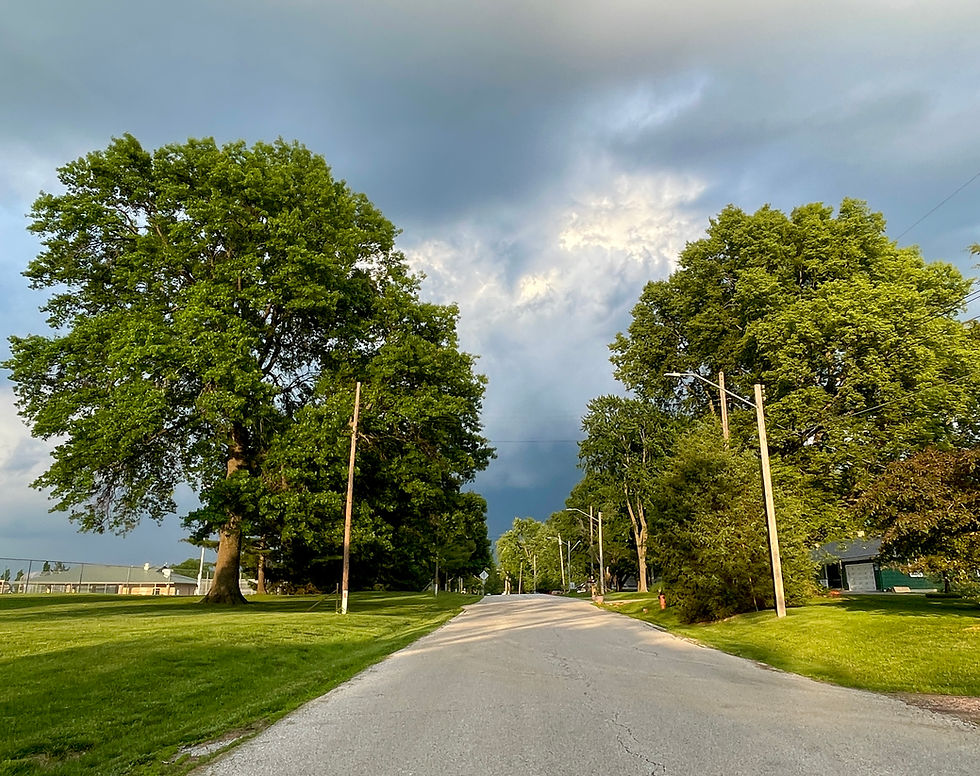








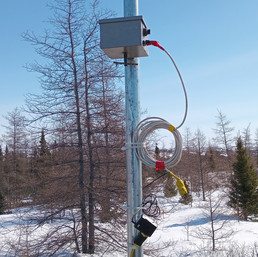

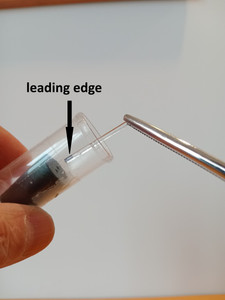

















Loved reading this, you are so inspiring! <3
Your stories are both inspiring and entertaining! I guess our Kujjuak team will be getting their Rwandan coffee after all;)
Love the story about your suitcase Michelle!! And the photo of you standing proudly with it!